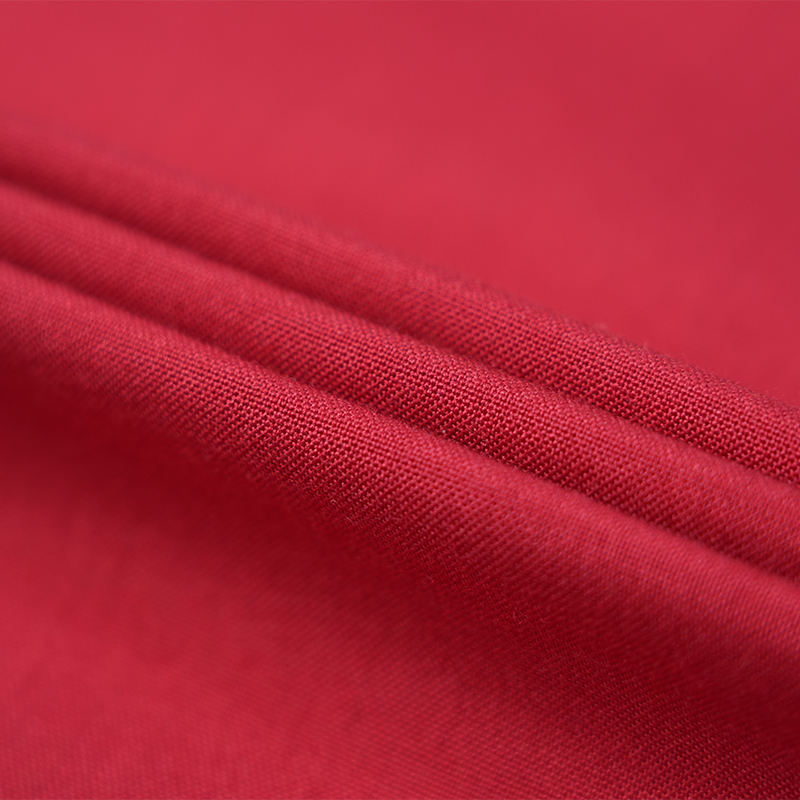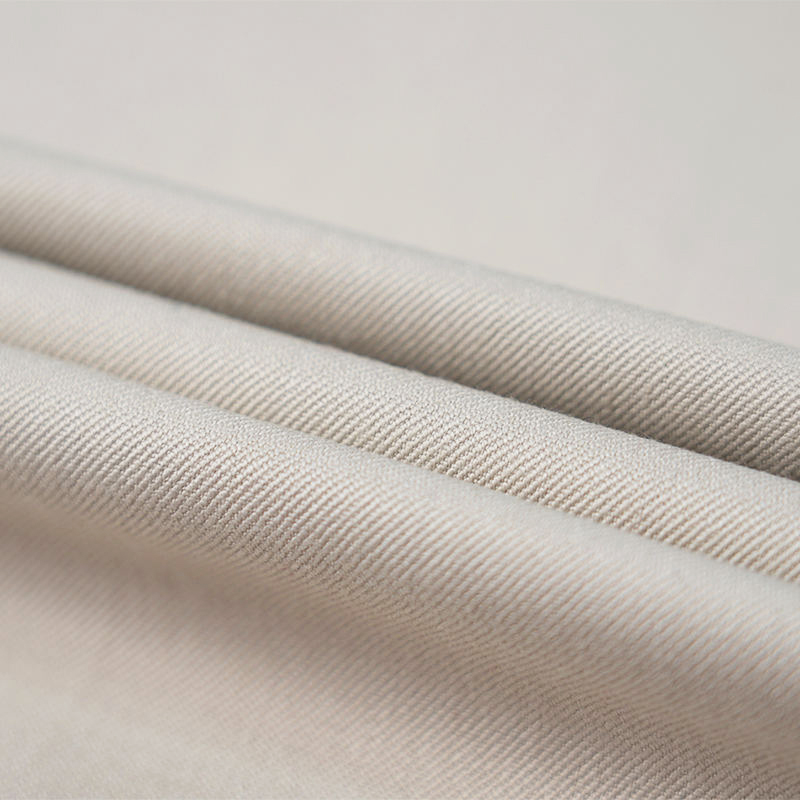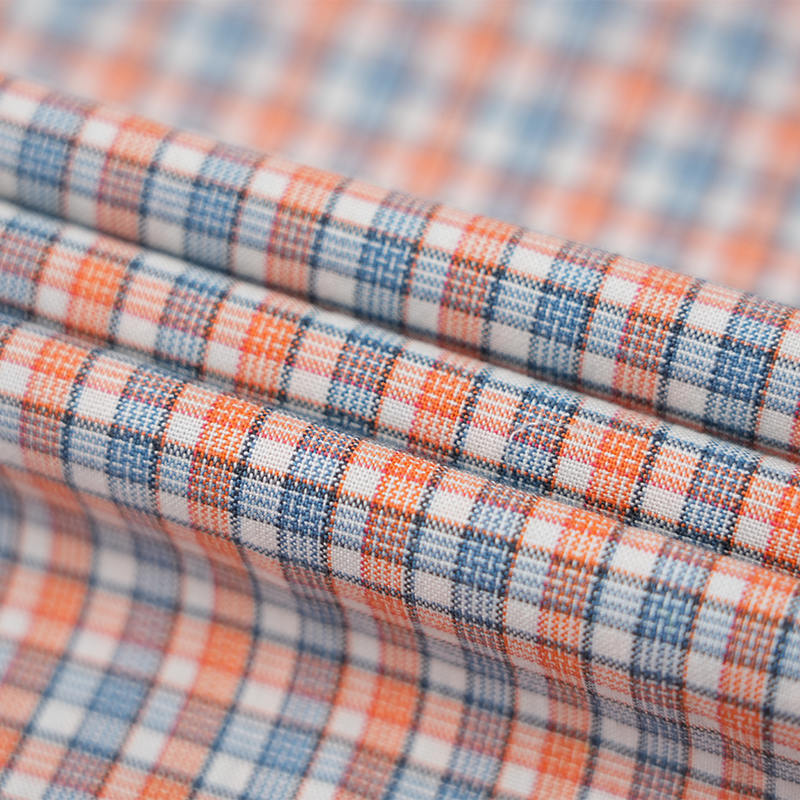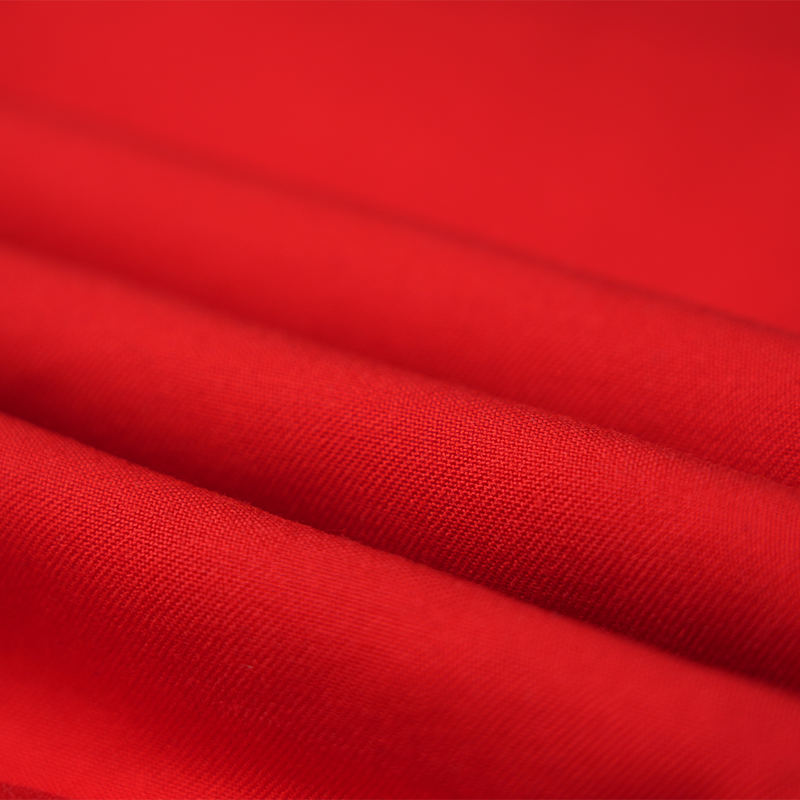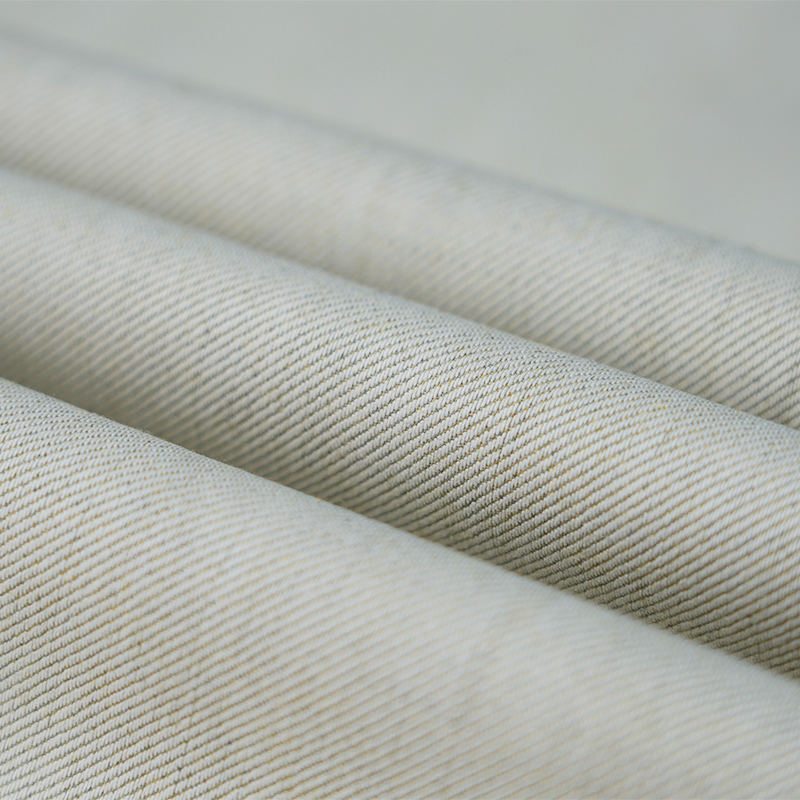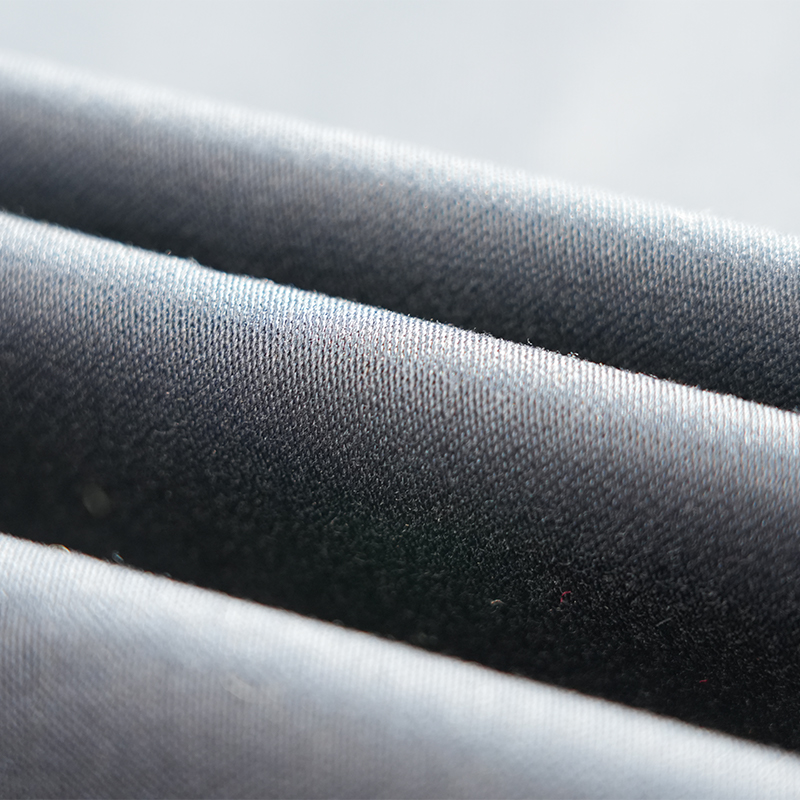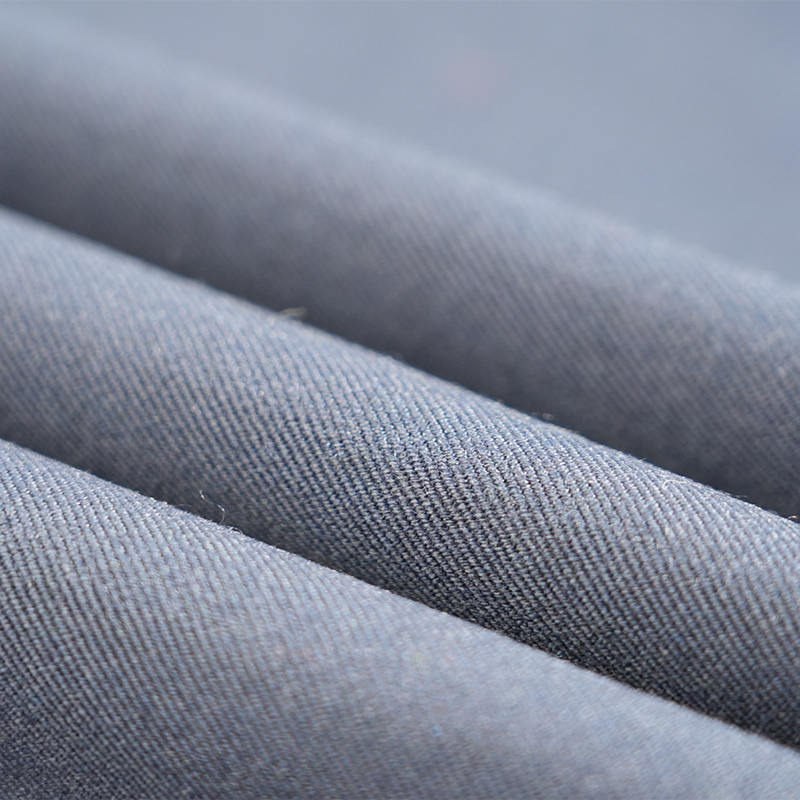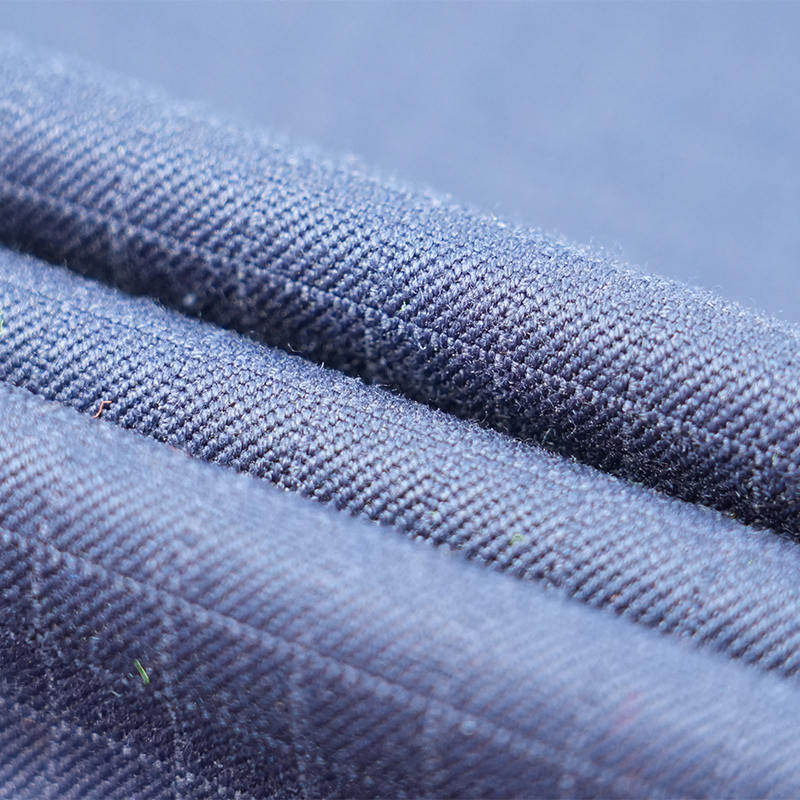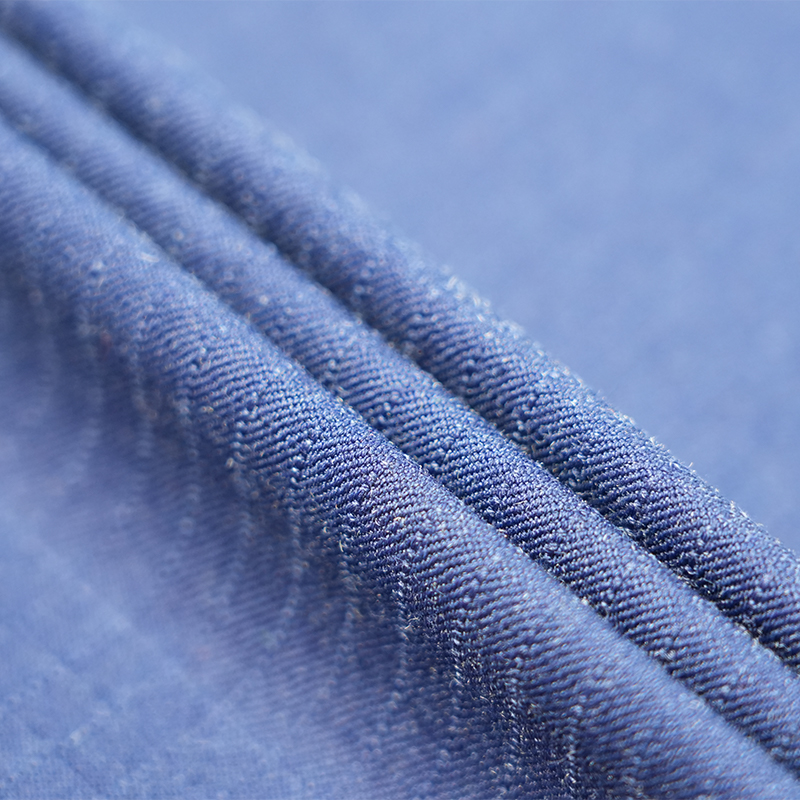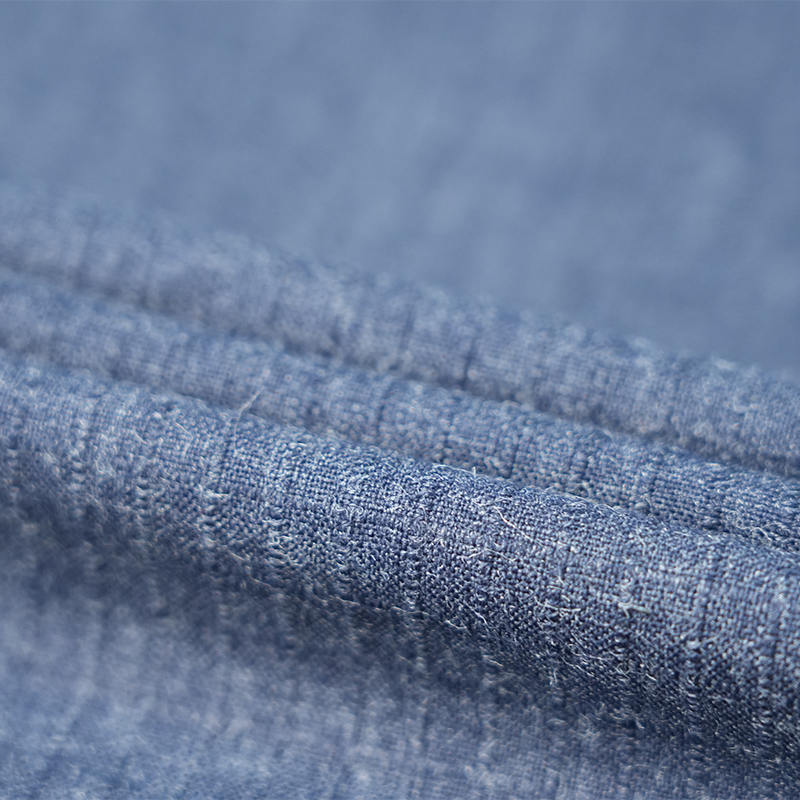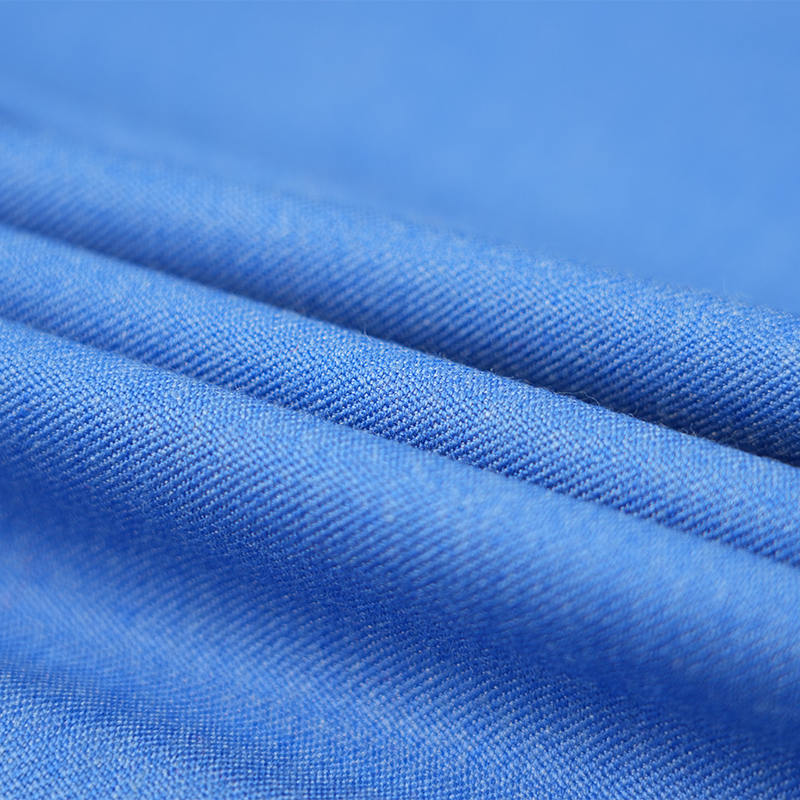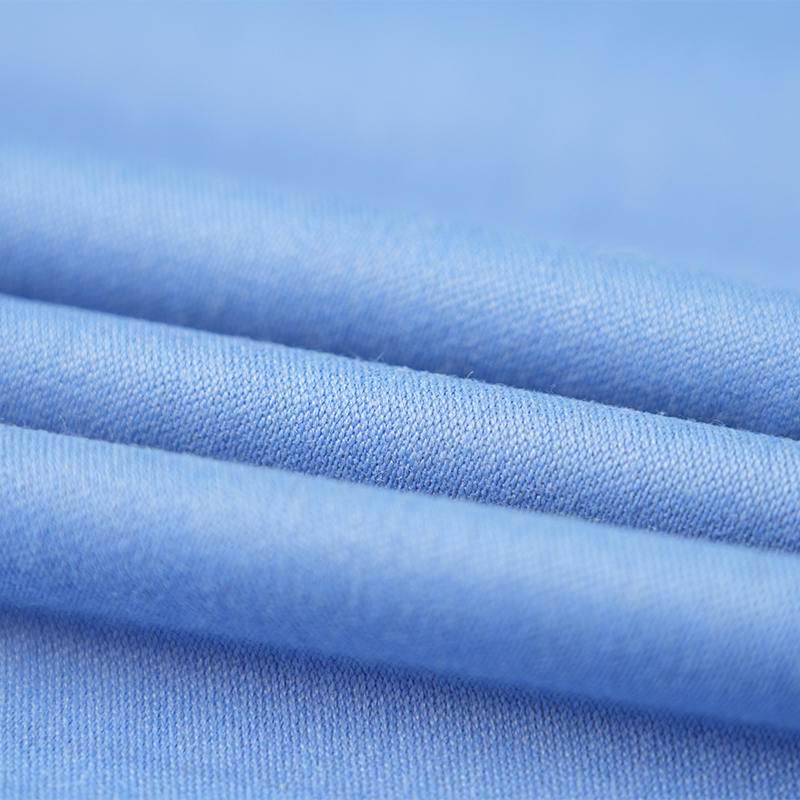Content
1. Characteristics of Modacrylic Fibers
Modified acrylic fibers are based on traditional acrylic fibers (polyacrylonitrile fibers) and are optimized through the following methods:
Chemical modification: For example, adding antistatic agents, flame retardants, or introducing hydrophilic groups to improve moisture absorption.
Physical modification: Changing the fiber's cross-sectional shape (such as a hollow structure) or surface treatment to enhance breathability and softness.
Functionalization: Imparting properties such as antibacterial, UV resistance, and dyeability.

2. Common Blended Fiber Combinations
Modified acrylic fibers are often blended with the following fibers to complement their properties:
Natural fibers: cotton (for improved moisture absorption) and wool (for increased warmth and elasticity).
Synthetic fibers: polyester (for enhanced abrasion resistance) and spandex (for increased elasticity).
Regenerated fibers: viscose (for improved breathability and feel).
3. Advantages of Modacrylic Blended Fabrics
Comfort: Modified fibers enhance moisture absorption and perspiration wicking, reducing the stuffiness often associated with traditional acrylic fibers. Durability: Anti-pilling, anti-static, and extended service life. Functionality: May have special properties such as flame retardant and antibacterial. Easy care: Washable and quick-drying, not easy to deform or shrink.
4. Cleaning precautions for modified acrylic blended fabrics
(1). Cleaning method selection
Hand washing is preferred: especially suitable for blended fabrics containing wool or elastic fibers (such as spandex), to avoid deformation caused by strong friction.
Machine washing precautions: if machine washing, select the gentle mode and use a laundry bag to protect it to reduce entanglement and stretching.
(2). Water temperature control
Cold water or warm water (≤30℃): high temperature can easily cause modified acrylic to harden, shrink or lose functionality (such as the antistatic treatment layer to fall off).
Avoid high temperature: especially when the blended fiber contains polyester, high temperature may accelerate fiber aging.
(3). Detergent selection
Neutral detergent: avoid alkaline or strong detergents (such as laundry detergent), which may damage the chemical treatment layer of modified acrylic.
Bleaching agents are prohibited: chlorine bleaching agents can cause the fiber to turn yellow and become brittle.
(4) Stain removal techniques
Local treatment: First pat the oil stains or stains with a neutral detergent, do not rub hard.
Pre-treatment of stubborn stains: Use a special textile cleaner (such as enzyme preparations) and let it sit for 5 minutes before washing.
(5) Dehydration and drying
Avoid wringing: Gently squeeze out the water or use a towel to dry.
Lay flat to dry: Hanging may cause deformation (especially blended fabrics containing spandex).
Protective and ventilated: Modified acrylic has good light resistance, but it may still fade if exposed to the sun for a long time.
(6) Drying and ironing
Natural drying: Do not use a dryer, as high temperature will damage the fiber structure.
Low-temperature ironing: If ironing is necessary, set to a low temperature setting (≤110℃) and iron with a cloth to avoid direct contact.

 EN
EN 中文简体
中文简体 English
English русский
русский Español
Español Português
Português عربى
عربى


